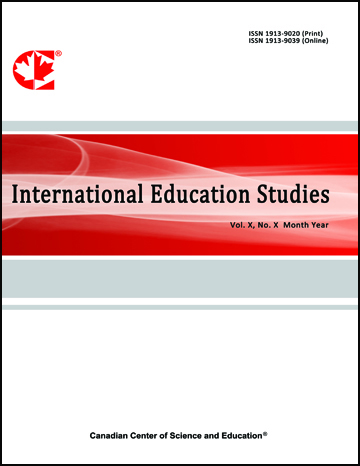Linear Structural Relationship Model of Servant Leadership of School Administrators Affecting Effectiveness of Primary Schools in The Northeast
- Kawinwat Chingchai
- Wannika Chalakbang
- Porntep Steannoppakao
Abstract
This research aims to develop a structural relationship model of servant leadership among educational administrators that impacts the effectiveness of primary schools in northeastern Thailand and to examine the model’s alignment with empirical data. The study is conducted in two phases: Phase 1 involves developing a structural linear model of servant leadership among educational administrators that affects the effectiveness of primary schools in northeastern Thailand, and Phase 2 tests the model’s consistency with empirical data. The sample consists of 500 administrators and teachers from the 2021 academic year. The data collection instrument is a rating scale questionnaire measuring school effectiveness, with discriminative power values between 0.44 – 0.81 and reliability of 0.98, and a servant leadership factor with discriminative power values between 0.22 – 0.87 and reliability of 0.98. Data analysis includes frequency, percentage, mean, standard deviation, Pearson correlation coefficient, and structural linear modeling using specialized software. The research findings indicate that: 1) The structural linear model of servant leadership among educational administrators impacting primary school effectiveness in northeastern Thailand includes five dimensions: Vision, with three observable variables; Awareness, with three observable variables; Understanding and Valuing Others, with three observable variables; Staff Development, with three observable variables; and Service, with five observable variables. School effectiveness comprises four observable variables. 2) The developed model is consistent with the empirical data, with a Chi-square (χ²) value of 159.66, degrees of freedom (df) of 137, a p-value of 0.09, a relative Chi-square (χ²/df) of 1.17, RMSEA of 0.02, GFI of 0.97, and AGFI of 0.95.
- Full Text:
 PDF
PDF
- DOI:10.5539/ies.v18n5p113
Journal Metrics
h-index : 62
i10-index: 604
Index
- Academic Journals Database
- AcademicKeys
- ACNP
- ANVUR (Italian National Agency for the Evaluation of Universities and Research Institutes)
- BASE (Bielefeld Academic Search Engine)
- Berkeley Library
- CiteFactor
- CNKI Scholar
- COPAC
- Copyright Clearance Center
- CrossRef
- DESY Publication Database
- DTU Library
- EBSCOhost
- Education Resources Information Center (ERIC)
- Educational Research Abstracts
- Electronic Journals Library
- Elektronische Zeitschriftenbibliothek (EZB)
- Excellence in Research for Australia (ERA)
- Genamics JournalSeek
- GETIT@YALE (Yale University Library)
- Ghent University Library
- Harvard Library
- Jisc Library Hub Discover
- JournalGuide
- JournalTOCs
- LOCKSS
- LSE Library
- MIAR
- Microsoft Academic
- Mir@bel
- NewJour
- Norwegian Centre for Research Data (NSD)
- OAJI
- Open J-Gate
- PKP Open Archives Harvester
- Polska Bibliografia Naukowa
- Publons
- Qualis/CAPES
- ResearchGate
- ROAD
- Scilit
- SHERPA/RoMEO
- SOBIAD
- Southwest-German Union Catalogue
- Standard Periodical Directory
- Stanford Libraries
- Technische Informationsbibliothek (TIB)
- The Keepers Registry
- UCR Library
- Ulrich's
- UniCat
- Universe Digital Library
- UoS Library
- USask Library
- VOCEDplus
- WorldCat
Contact
- Chris LeeEditorial Assistant
- ies@ccsenet.org
